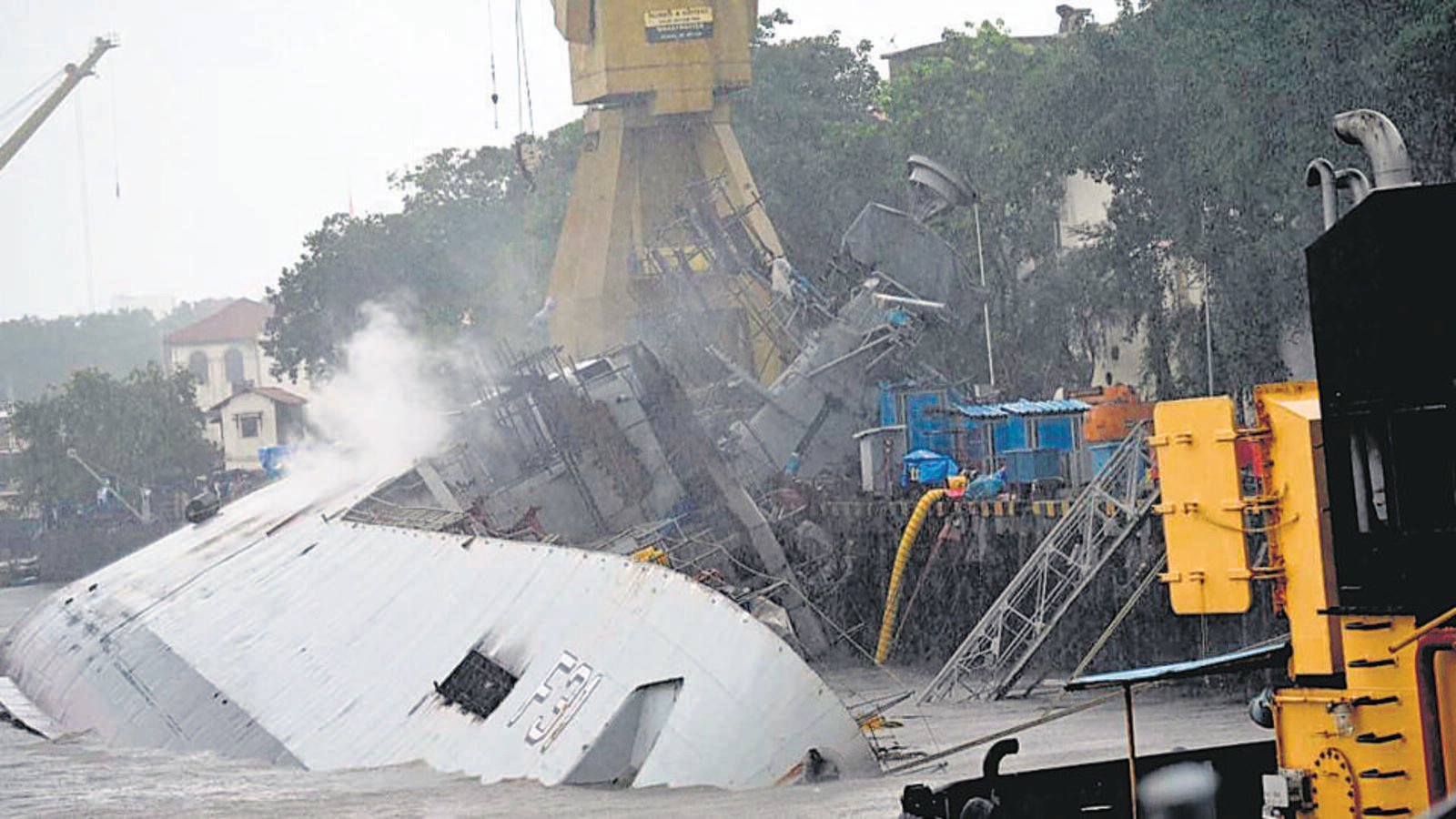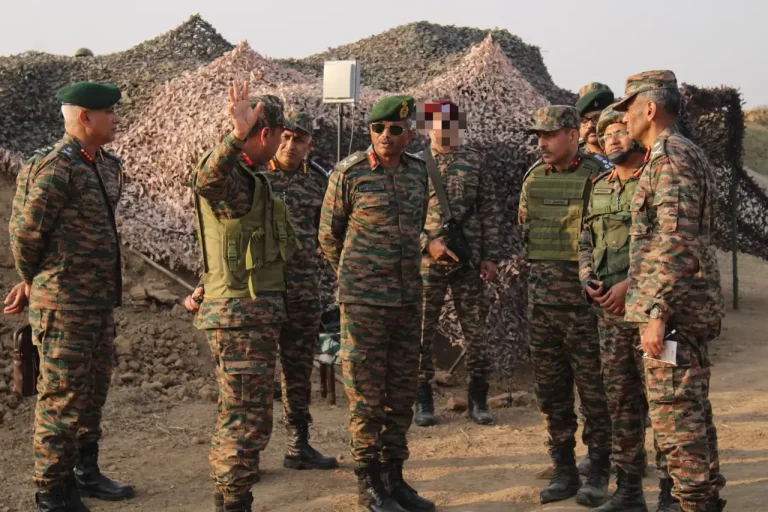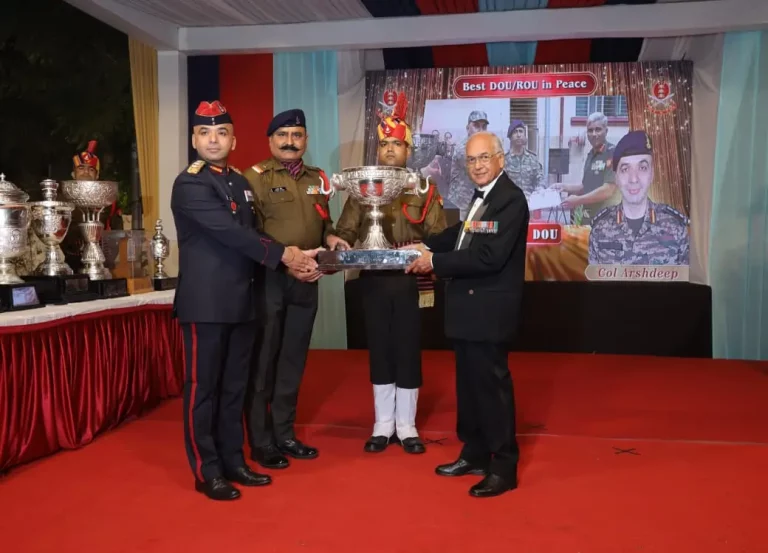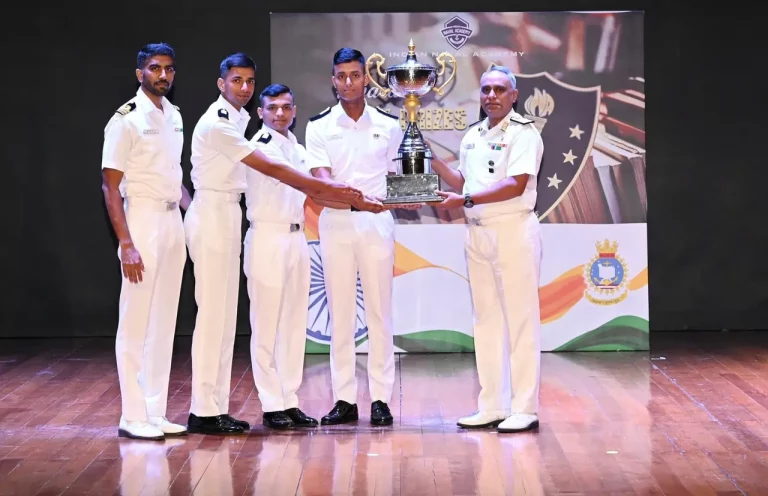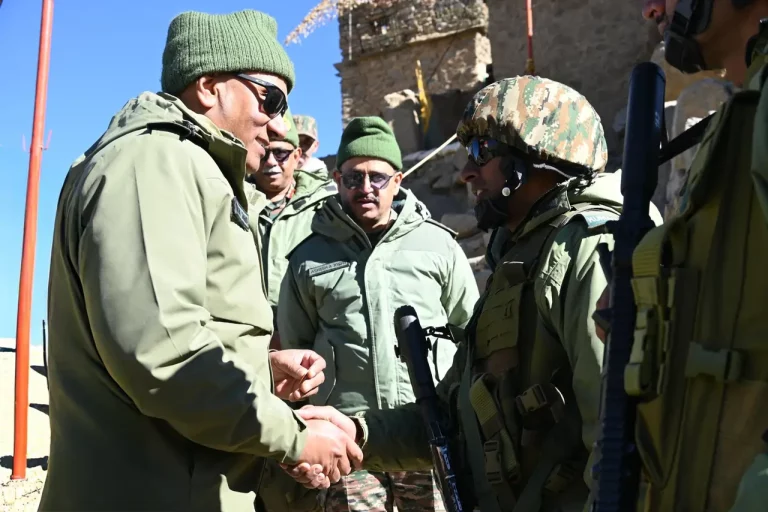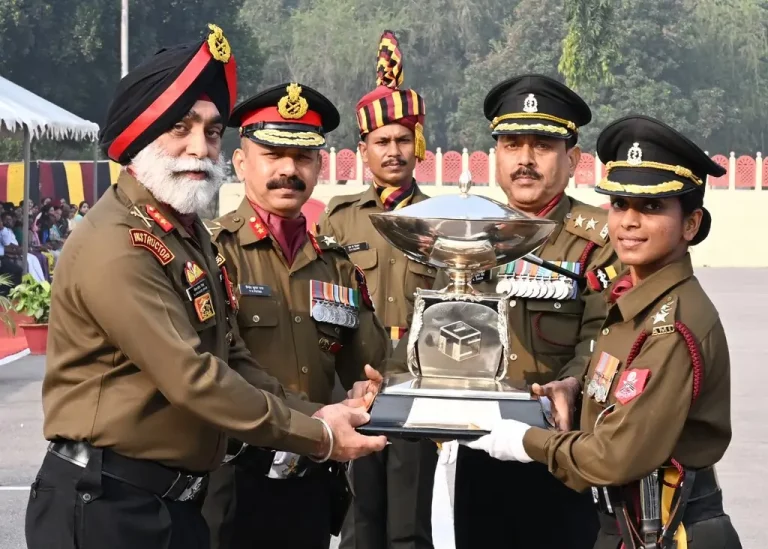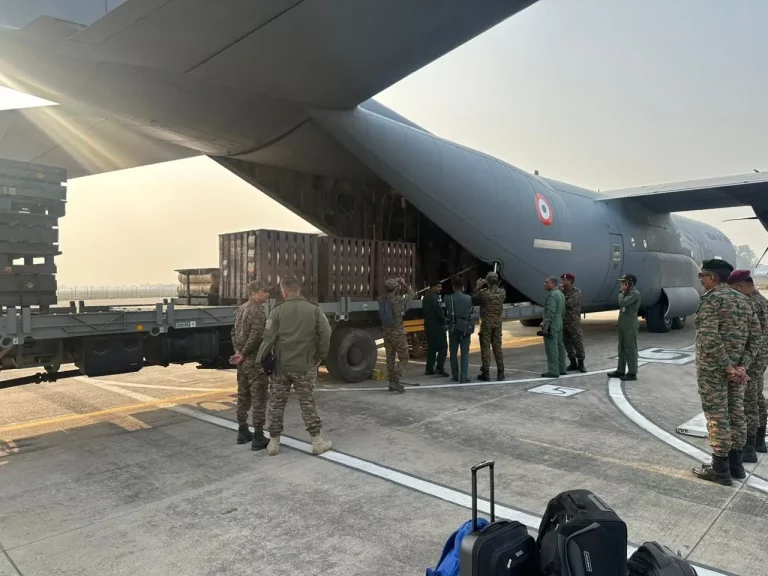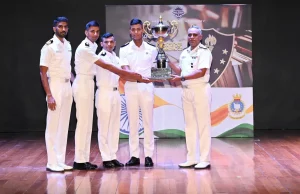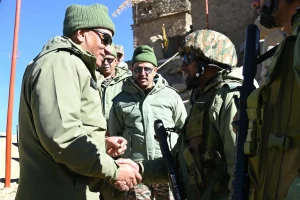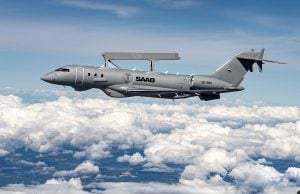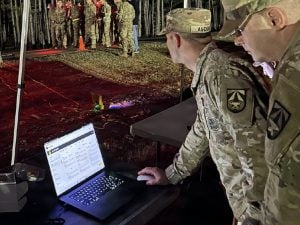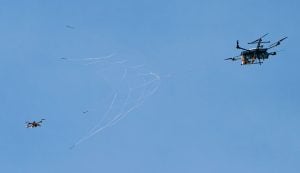Nearly a year following a serious incident involving the Indian Navy’s guided missile frigate INS Brahmaputra at the Naval Dockyard in Mumbai, efforts are now accelerating to restore the warship to operational status. Initially deemed irreparable, the indigenous frigate is expected to regain its seaworthiness by late 2025 or early 2026, with full combat readiness anticipated by mid-2026, according to high-ranking naval officials involved in the recovery process.
The 3,850-tonne vessel suffered a major mishap on July 21, 2024, when it tipped over due to a fire onboard. This tragic incident resulted in the death of Leading Seaman Sitendra Singh, who drowned while trying to escape the ship during the emergency. While most of the crew managed to evacuate via the gangway or by swimming to safety, Singh did not survive the ordeal.
Once the ship was righted, it was transferred to dry dock in November 2024 for a detailed assessment of the damages. A phased restoration plan has since been established, focusing on the critical components of the ship’s operational capabilities, specifically its “float, move, and fight” functionalities—terms used to describe the structural integrity, propulsion and maneuverability, and combat systems of naval vessels.
The ongoing repair work includes the restoration of the hull, propulsion, and power systems, which are essential for basic movement. Concurrently, damaged equipment is being removed and either repaired or replaced in dockyard workshops. Attention is also being paid to the “fight” capabilities, which involve the ship’s sensors, radars, and weaponry, with crew members collaborating closely with dockyard engineers.
Commissioned in 2000 and constructed by Garden Reach Shipbuilders and Engineers Limited in Kolkata, INS Brahmaputra has long been an integral part of the Navy’s surface fleet. The current recovery initiative underscores the Navy’s commitment to maintaining operational strength and preserving indigenous assets.
Shortly after the accident, Navy Chief Admiral Dinesh K. Tripathi visited Mumbai to assess the damage personally. He directed the Western Naval Command to prioritize the recovery of the ship. Subsequently, a special task force (STF), led by a rear admiral, was established to investigate the safety lapses associated with the incident and provide recommendations for systemic reforms across naval facilities.
The STF has completed its investigation and submitted its findings, which have been distributed throughout all naval commands. Implementation of safety and procedural recommendations is currently underway, with explicit directives to elevate operational safety across the fleet.
However, the Navy continues to confront challenges, as two more accidents have been reported since the establishment of the STF. These occurrences have instigated further introspection and a renewed focus on stringent safety protocols. Earlier this year in April, a four-day Naval Commanders’ Conference convened by Admiral Tripathi included a dedicated session for evaluating safety measures implemented across commands and reinforcing operational standards.
The recovery of INS Brahmaputra represents not just a technical achievement but also a significant symbolic milestone for the Indian Navy. It embodies resilience in facing adversity while underscoring the importance of self-reliance, professionalism, and a strengthened focus on safety as the Navy works to modernize and enhance its maritime capabilities.
